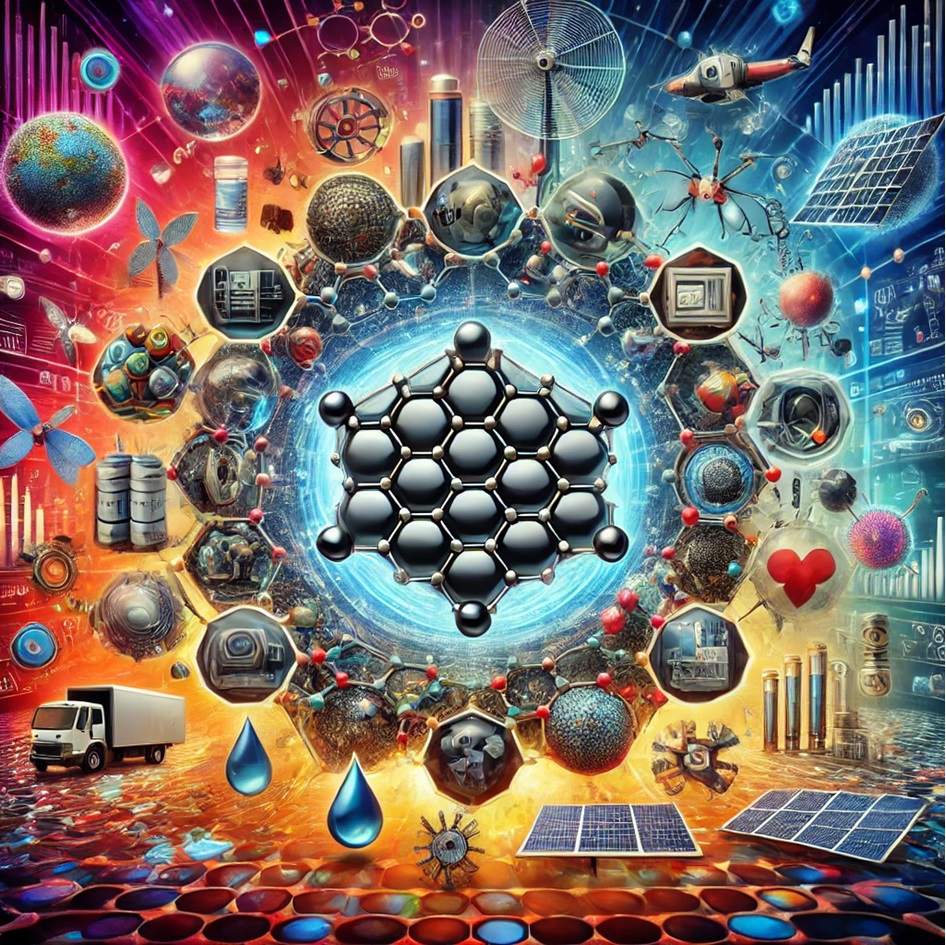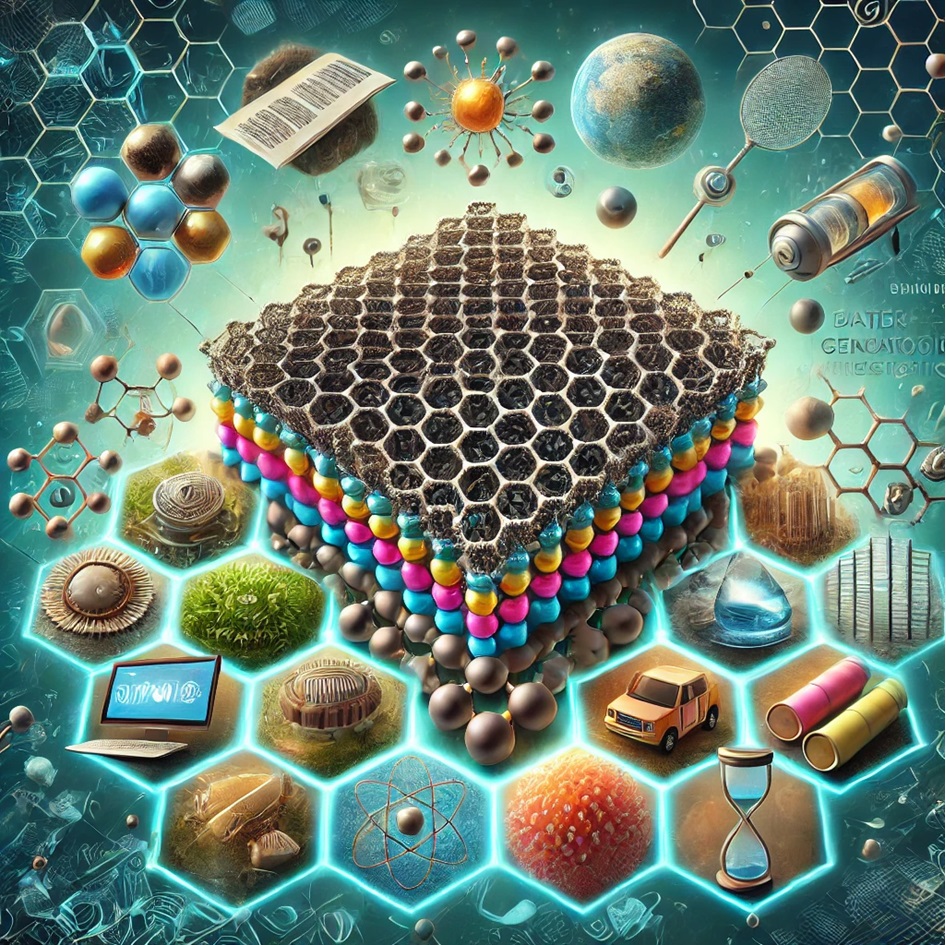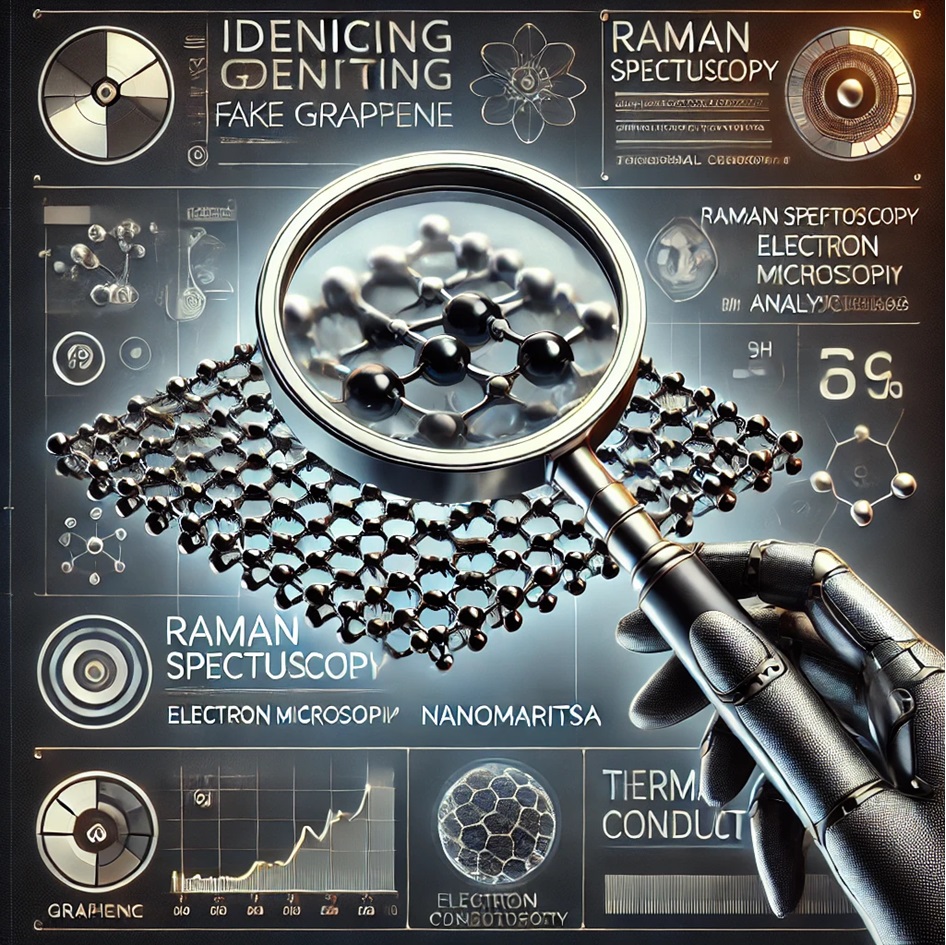Graphene, a ‘wonder material,’ is revolutionizing various industries with its exceptional properties like high electrical conductivity, mechanical strength, and flexibility. This article explores 99 breakthrough applications of graphene, highlighting its potential across diverse fields. In energy storage, graphene enhances supercapacitors, lithium-ion batteries, and solid-state batteries. In electronics, it contributes to flexible displays, transistors, and photodetectors. In medicine, graphene aids in drug delivery, biological sensors, and tissue engineering. Environmental uses include water filtration and air purification, while structural applications improve concrete, composites, and aircraft. Graphene is also advancing sensors, renewable energy, automotive, aerospace, telecommunications, defense, and computing. Its role in biotechnology, nanotechnology, agriculture, and consumer products further showcases its versatility. Despite challenges in scalability and cost, ongoing research promises to unlock graphene’s full potential, leading to groundbreaking advancements in technology, medicine, and sustainability.











